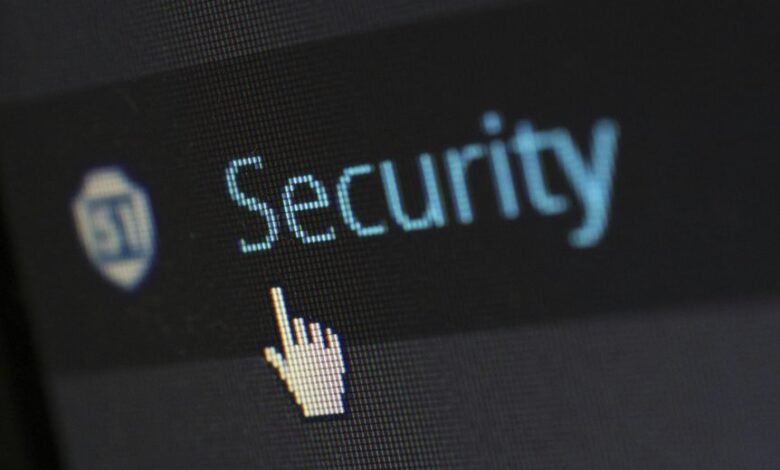Telephony Security Network 3891776810 3342858974 3482200201 3493537221 3473758971 3509560777

Telephony security is increasingly critical in today’s interconnected landscape. Unique identifiers such as 3891776810 and 3342858974 serve as vital components in safeguarding sensitive communications. These numbers not only enhance authentication but also ensure data integrity through encryption. As cyber threats become more sophisticated, the necessity for advanced security measures becomes apparent. What implications do these advancements hold for the future of telecommunication systems?
Understanding Telephony Security Threats
As telecommunication systems evolve, understanding telephony security threats becomes increasingly critical for organizations.
Key threats include call interception, where unauthorized parties capture sensitive communications, and phishing attacks, which exploit user trust to gain confidential information.
These vulnerabilities necessitate proactive security measures, as the potential for data breaches and financial loss underscores the importance of robust telephony security protocols to ensure organizational integrity and user privacy.
The Role of Unique Identifiers in Telephony Security
Unique identifiers play a pivotal role in enhancing telephony security by enabling the precise authentication and tracking of communications.
These identifiers facilitate telephony encryption, ensuring that the data transmitted remains confidential and tamper-proof.
Enhancing Privacy and Protection Measures
Enhancing privacy and protection measures in telephony requires the integration of advanced technologies and protocols designed to secure communications.
Key strategies include employing robust encryption techniques that safeguard data integrity and confidentiality.
Additionally, implementing stringent user authentication processes ensures that only authorized individuals access sensitive information.
This multifaceted approach empowers users, enhancing their control over personal data while mitigating risks associated with unauthorized interception and exploitation.
Future Trends in Telephony Security Systems
The evolution of telephony security systems is poised to undergo significant transformations driven by technological advancements and emerging threats.
Future trends will increasingly integrate cloud security solutions, enhancing scalability and flexibility.
Additionally, biometric authentication methods are expected to gain prominence, offering robust user verification and reducing fraud risks.
These developments reflect a proactive approach to safeguarding communication networks against sophisticated cyber threats.
Conclusion
In a world where telephony security is akin to a medieval castle besieged by ever-evolving cyber marauders, the reliance on unique identifiers may seem as futile as a moat filled with lemonade. While encryption and advanced user verification offer a semblance of safety, one can only marvel at the audacity of cyber threats that treat security measures as mere suggestions. Thus, as the digital age gallops forward, one must ponder: are we truly securing our telecommunication fortresses, or merely decorating them with shiny new locks?





